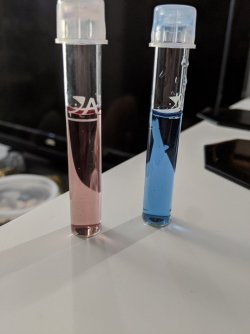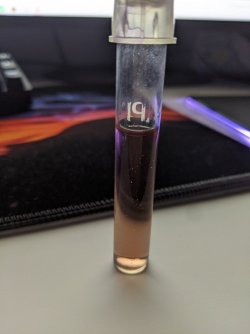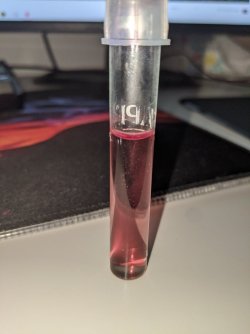This is a problem many aquarists initially face, and it is unfortunate that so much emphasis is still being placed by probably well-meaning sources on pH over GH and temperature which are more critical parameters, but that is the issue we face, so let's solve it for you. This will repeat what other members have correctly noted, but that for me puts everything together which is always my preference for clarity.
First, pH is closely tied to GH and KH, and the higher the latter (whichever), generally the more basic (higher above 7) the pH will be. This is natural, and as it is due to the minerals and buffering capacity of the GH/KH, you are not going to easily (if at all) change it without reducing the GH/KH and this only safely by diluting the source water with "pure" water having a lower or zero GH/KH. If you did this--not saying you need to, only explaining if you did--the pH would adjust itself accordingly and be stable at that level or be more susceptible to fluctuating, depending upon the GH/KH.
As to why yours is fluctuating...this is probably the influence of something calcareous in the tank itself, or/along with the buffering of the source water. On the latter first, what is the GH and KH of the tap water itself? You can test the tap water alone for this, but many of us do not have GH/KH test kits so you may be able to get this from the water authority if you are on municipal water. Check their website. We need the number and their unit of measure (there are several, but we can convert to the basic aquarium hobby units of ppm (= mg/l) or dGH if we know their unit.
It would also help to know the true pH of the source water. This the water authority may also have posted, but with a pH test you can easily do this one. But, you must ensure all CO2 is out-gassed, and that is easily done by letting a glass of water sit out 24 hours before testing pH, or briskly agitating a small amount of tap water in a covered container, then test. CO2 readily enters water but it also readily out-gasses from water, and any tank water will not be subject to this so far as the tap water is concerned. Every aquarium will establish its own biological system according to the organics and source water as nature does its thing.
As for the former possibility for increasing pH, what substances are in the aquarium? The composition of the substrate is often the thing here, if it is sand or gravel made from a calcareous mineral like limestone for instance. Chunks of rock can do this too, if calcareous. Calcareous substances slowly release calcium (and sometimes magnesium) and these work to increase the GH/KH and pH (most noticeably the pH).
Organic substances (wood, peat, dried leaves) release organics obviously as they slowly decompose, which tend to acidify the water, lowering the pH. Again, this is subject to the buffering capacity of the initial water, including other influencing substances (like the above). Unless the source water is very soft and on the acidic side initially, and depending upon any calcareous substances, the organic decomposition will be very slow and often not even noticeable. Very soft water low in KH will allow faster decomposition.
We can continue when we have the GH/KH and pH of the tap water on its own, and your info re possible calcareous substances. All of what is occurring is completely natural, we just have to ferret out the causes so we know what (if anything) needs doing.






